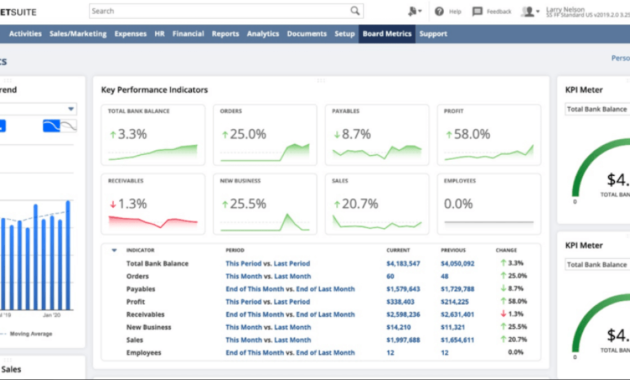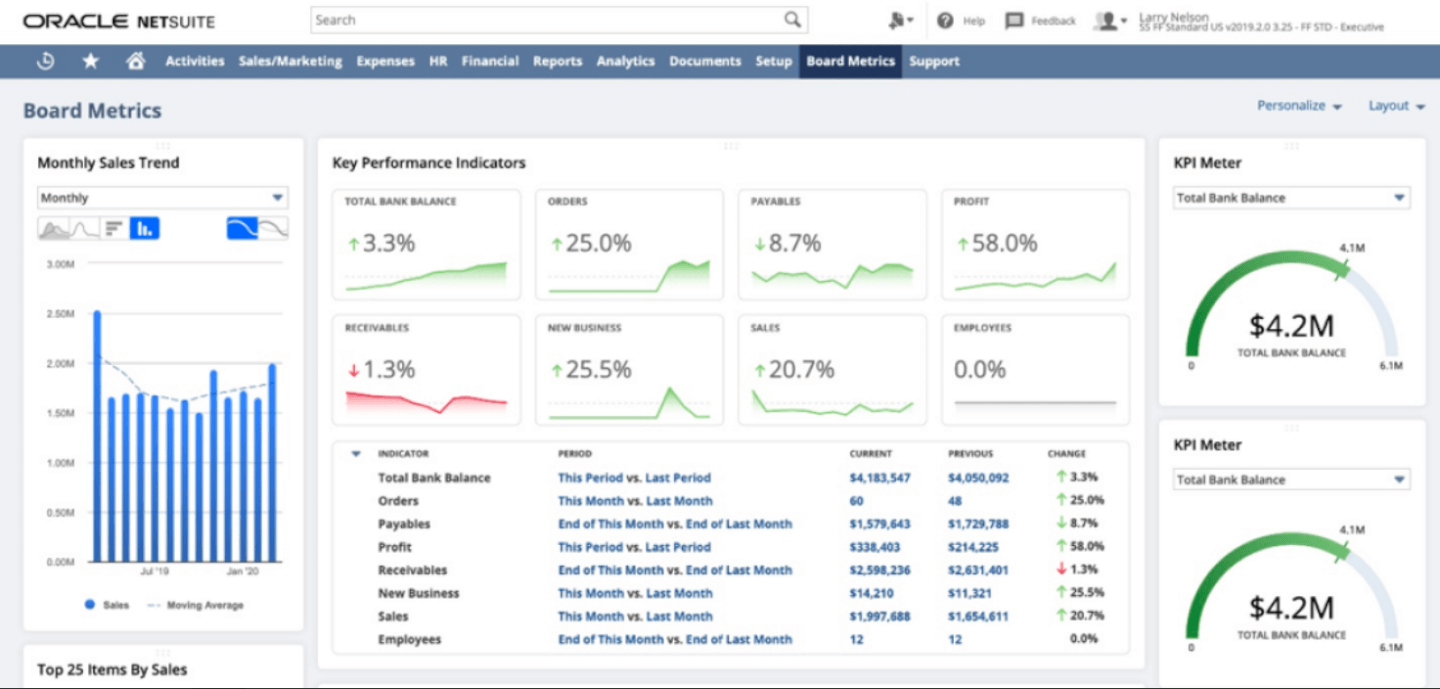
Business Intelligence Tools That Reduce Errors: A Guide to Data Accuracy
In today’s data-driven world, the ability to make informed decisions is paramount. Businesses of all sizes rely on data to understand their performance, identify trends, and ultimately, drive growth. However, the value of this data hinges on its accuracy. Errors in data can lead to flawed analysis, incorrect conclusions, and costly mistakes. Fortunately, business intelligence (BI) tools offer a powerful solution. These tools are designed to not only analyze data but also to minimize errors, ensuring that your insights are reliable and trustworthy. This article will explore the critical role of business intelligence tools that reduce errors, examining their features, benefits, and how they contribute to data accuracy.
The Problem with Data Errors
Data errors are a pervasive problem. They can arise from various sources, including manual data entry, system integration issues, and human error. Regardless of the cause, the consequences can be significant. Imagine a retail company relying on inaccurate sales figures. They might overestimate demand for a product, leading to overstocking and wasted resources. Conversely, they might underestimate demand, resulting in lost sales and dissatisfied customers. Financial institutions, healthcare providers, and manufacturers all face similar risks. Incorrect data can lead to poor financial planning, misdiagnosis of patients, or defective products. The impact on reputation, profitability, and overall success can be devastating. Understanding the sources of these errors is the first step in mitigating them.
Common Sources of Data Errors:
- Manual Data Entry: Human error is a significant factor. Typos, incorrect formatting, and transposed numbers are common.
- System Integration Issues: Data transfer between different systems can be complex. Incompatibilities and data corruption can occur.
- Data Transformation Errors: Processes that transform raw data into usable formats can introduce errors if not properly configured.
- Lack of Data Validation: Without proper validation checks, incorrect data can easily enter the system.
- Poor Data Quality: Incomplete, inconsistent, or outdated data can also lead to inaccurate insights.
How Business Intelligence Tools Combat Errors
Business intelligence tools are designed to address these challenges. They provide a suite of features that help to identify, prevent, and correct data errors. These tools often include built-in data validation rules, data cleansing capabilities, and data quality monitoring features. They also automate many of the processes that are prone to human error. By implementing these tools, businesses can significantly improve the accuracy and reliability of their data. The benefits extend beyond just error reduction, leading to more informed decision-making and improved business outcomes. These are the key functionalities of business intelligence tools that reduce errors.
Key Features of Error-Reducing BI Tools:
- Data Validation: BI tools often include data validation rules. These rules check data for accuracy and consistency as it enters the system.
- Data Cleansing: These tools can automatically identify and correct errors in existing data. This might involve standardizing formats or removing duplicates.
- Data Quality Monitoring: Many BI tools offer dashboards and alerts that track data quality metrics. This helps identify issues early.
- Automated Data Integration: Automating data integration reduces the risk of errors during data transfer between systems.
- User-Friendly Interfaces: Intuitive interfaces minimize the chance of user error during data analysis and reporting.
- Audit Trails: These tools often maintain audit trails. This allows you to track changes to data and identify the source of errors.
Benefits of Using BI Tools to Reduce Errors
The advantages of using business intelligence tools to minimize errors are numerous and far-reaching. Perhaps the most significant benefit is improved decision-making. When data is accurate, businesses can make informed decisions based on reliable insights. This leads to better resource allocation, more effective marketing campaigns, and improved customer service. Beyond improved decision-making, these tools also lead to cost savings and efficiency gains. By reducing errors, businesses can avoid the costs associated with incorrect decisions, such as wasted inventory or missed sales opportunities. Furthermore, automated processes and streamlined workflows increase efficiency, freeing up staff to focus on more strategic tasks. The return on investment (ROI) from these tools can be substantial.
Key Advantages:
- Improved Decision-Making: Accurate data leads to more informed decisions.
- Cost Savings: Reduced errors prevent costly mistakes and wasted resources.
- Increased Efficiency: Automated processes streamline workflows and save time.
- Enhanced Compliance: Data accuracy helps ensure compliance with regulations.
- Better Customer Experience: Accurate data supports better customer service and personalized experiences.
- Competitive Advantage: Data-driven insights help businesses stay ahead of the competition.
Choosing the Right Business Intelligence Tools
Selecting the right business intelligence tools is crucial. The best tool for your business will depend on your specific needs, data sources, and technical capabilities. Consider the following factors when evaluating different options. The first step is to assess your current data infrastructure. Identify your data sources, data volumes, and the types of analysis you need to perform. Next, evaluate the features of each tool. Look for tools that offer robust data validation, data cleansing, and data quality monitoring capabilities. Consider the ease of use. The tool should have an intuitive interface that is easy for your team to learn and use. Also, assess integration capabilities. Ensure the tool can integrate with your existing systems and data sources. Finally, evaluate the vendor’s support and training. Choose a vendor that offers adequate support and training to help you get the most out of the tool.
Key Considerations:
- Data Infrastructure: Assess your current data environment.
- Features: Look for data validation, cleansing, and monitoring features.
- Ease of Use: Choose a tool with an intuitive interface.
- Integration: Ensure it integrates with your systems.
- Support: Evaluate the vendor’s support and training options.
- Scalability: Consider whether the tool can scale as your data needs grow.
Examples of Business Intelligence Tools That Reduce Errors
Several business intelligence tools stand out for their ability to reduce errors and improve data accuracy. These tools offer a range of features and capabilities designed to address the challenges of data quality. The choice of the best tool will ultimately depend on your specific needs. Microsoft Power BI is a popular choice, known for its user-friendly interface and robust data visualization capabilities. It also offers data validation and cleansing features. Tableau is another leading platform. It is renowned for its interactive dashboards and ability to connect to a wide variety of data sources. It offers advanced data quality features. Other notable tools include Qlik Sense, which focuses on data discovery and data-driven insights, and Domo, a cloud-based platform that offers a comprehensive suite of BI features, including data integration, data cleansing, and data monitoring. Research these tools and evaluate which ones best fit your requirements.
Popular BI Tools and Their Error-Reducing Capabilities:
- Microsoft Power BI: User-friendly interface, data validation, and data cleansing.
- Tableau: Interactive dashboards, data quality features, and data source connectivity.
- Qlik Sense: Data discovery and data-driven insights.
- Domo: Cloud-based platform with data integration, cleansing, and monitoring.
- Sisense: Focuses on embedded analytics and data-driven decision making.
Implementing BI Tools for Error Reduction: Best Practices
Implementing business intelligence tools effectively requires a strategic approach. Start by defining your goals and objectives. What specific data errors are you trying to address? What key performance indicators (KPIs) do you want to improve? Next, develop a data governance plan. This plan should define data standards, data quality rules, and data validation processes. It should also outline roles and responsibilities for data management. Then, implement the tool in phases. Start with a pilot project to test the tool and refine your approach. Then, gradually roll out the tool to other departments or business units. Provide adequate training for your team. Ensure that everyone understands how to use the tool and how to maintain data quality. Finally, continuously monitor data quality. Regularly review your data quality metrics and make adjustments as needed. This iterative approach will help you maximize the benefits of your BI tools.
Key Implementation Steps:
- Define Goals: Identify specific data errors and KPIs.
- Develop a Data Governance Plan: Define data standards and processes.
- Implement in Phases: Start with a pilot project.
- Provide Training: Ensure your team understands the tool.
- Monitor Data Quality: Regularly review data quality metrics.
- Establish Data Validation Rules: Implement rules to prevent errors.
The Future of Business Intelligence and Data Accuracy
The field of business intelligence is constantly evolving. As data volumes continue to grow and the complexity of business challenges increases, the importance of data accuracy will only become more critical. We can expect to see further advancements in AI-powered data cleansing, automated data validation, and real-time data quality monitoring. These innovations will make it even easier for businesses to identify, prevent, and correct data errors. The future of BI will be characterized by greater automation, enhanced data quality, and a focus on providing actionable insights to drive business success. As technology advances, the role of business intelligence tools that reduce errors will become even more crucial.
Emerging Trends:
- AI-Powered Data Cleansing: Automated error detection and correction.
- Real-Time Data Quality Monitoring: Immediate identification of issues.
- Advanced Data Validation: More sophisticated rules and checks.
- Focus on Actionable Insights: Delivering insights that drive business outcomes.
Conclusion
In conclusion, business intelligence tools that reduce errors are essential for any organization that relies on data to make decisions. By implementing these tools, businesses can significantly improve data accuracy, reduce costs, and gain a competitive advantage. Choosing the right tools, implementing them effectively, and staying informed about the latest trends in BI will be key to success. Data accuracy is not just a technical issue; it is a strategic imperative. Investing in the right tools and processes will pave the way for data-driven decision-making and lasting business success. The benefits of using these tools are undeniable, leading to more informed decisions, cost savings, and increased efficiency. The future of business intelligence is bright, and the tools designed to reduce errors will continue to play a pivotal role in shaping that future. Embrace the power of accurate data and watch your business thrive. [See also: The Importance of Data Governance] [See also: Choosing the Right BI Solution] [See also: Data Visualization Best Practices]

